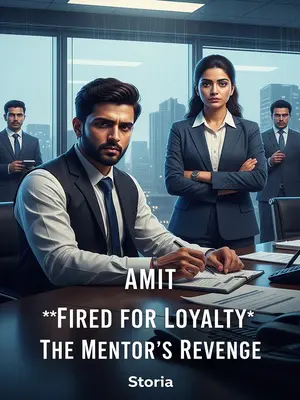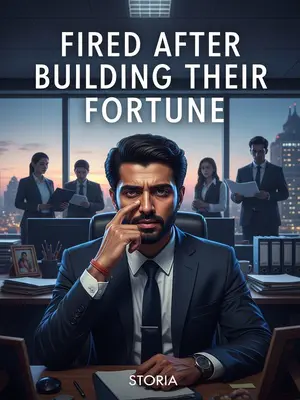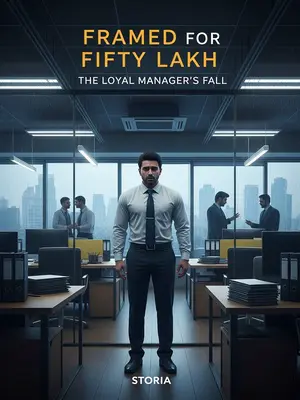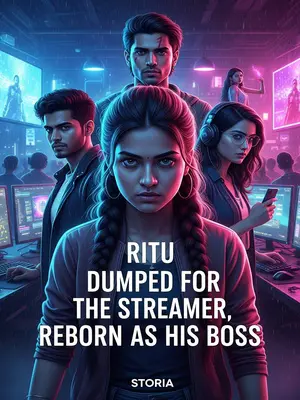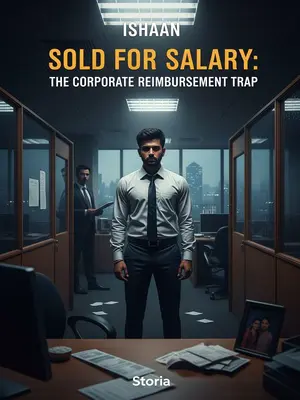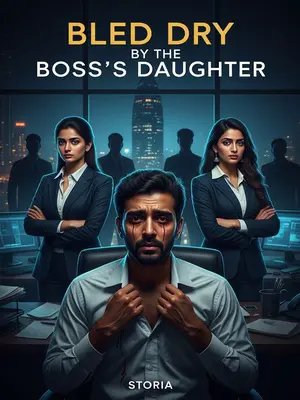Chapter 2: Shit Mountain Inheritance
Rajiv Sharma was the tech department manager, but he had all the classic boss flaws: didn’t know tech, loved giving random orders.
He wore branded shirts with the price tag still dangling inside, but couldn’t tell a bug from a feature. He was the type who thought "machine learning" was about fixing photocopiers.
Aryatech’s main business is digital dental services. Before I got there, the system architecture was already a mess.
I’d once called it "Dant ka dard"—toothache—because every time we fixed one pain point, another would start throbbing.
Requirements changed constantly, every project was a mad rush, and development and testing were always squeezed. Add Rajiv Sharma, the resident troublemaker, tossing out random commands, and the system just got messier.
It was like those traffic cops who wave their hands all over—end result, only more chaos. Every new idea from Rajiv meant another late night for the team.
Pretty soon, problems were everywhere.
We started each sprint with hope and ended with headaches. The bug tracker was longer than the lunch menu at Cafe Madras.
Bloated modules, duplicate code, spaghetti logic…
Once, I opened a file and almost laughed—"God knows why this works," someone had scribbled in the comments. Probably true.
Every new requirement meant piling bugs on top of bugs. It’s like telling one lie and then having to tell ten more to cover it up—a pile of shit is putting it nicely.
Like playing Jenga, but every brick is a bug. Any day, it could all come crashing down.
I called it the ancestral shit mountain.
Our very own "parampara ki virasat"—a legacy nobody wanted to inherit.
Aryatech’s business was built on this mountain.
If you listened carefully, you could almost hear the ancestors groaning, "Beta, sambhal ke."
If they just slapped AI on top, future maintenance would be a nightmare.
It’d be like painting a leaking roof—looks good for a day, then the next rain, everything’s flooded. When the bugs came, there’d be no umbrella big enough.
So before starting the new project, I suggested more than once that we redo the framework.
I even drew diagrams, gave presentations, and tried to convince anyone who’d listen—except nobody really listened, least of all Rajiv.
Rajiv Sharma wasn’t having it.
He looked at my slides as if I’d served him cold tea. "Kya bakwaas hai," he seemed to say with every sigh.
He thought it would slow things down and was totally unnecessary.
"Don’t waste company time, Rohan. This is not IIT, this is business!" he’d bark, peering over his glasses like some old Hindi movie villain.
"Aren’t those AI models all off-the-shelf these days? Just use them! Rewrite the framework? Only you would come up with that. The company pays you a fat salary, not to pitch these dumb ideas."
For a moment, I thought he’d suggest pasting code from Google next. Fat salary, my foot. If only he knew how many nights I spent debugging his mess.
I couldn’t win, so I bit the bullet and did it his way.
Sometimes, you have to eat karela, bitter or not. What choice did I have?
Sure enough, once the new project got rolling, the old framework couldn’t handle the new requirements, and all kinds of problems—expected and not—started popping up.
There were more red marks in my code review than in my tenth board answer sheet.
Out of responsibility to the project (and the company), I clashed with Rajiv Sharma a lot. We had some heated arguments in meetings.
Once, voices got so loud, the admin aunty came to peek inside, worried we’d break something.
She lingered by the door, clutching her dupatta, eyes darting between us and the half-empty tea cups on the table.
Half the team pretended to be busy, but everyone was listening in.
Whenever he lost his temper, he’d shout, "Don’t give me so many excuses! Framework conflicts, incompatibility—if there’s a problem, look at yourself first!"
His voice would echo down the corridor, drowning out even the sound of the pressure cooker in the office pantry.
Looking back, he’d probably had enough of this stubborn employee for the past six months.
My father always said, "Bete, never argue with your boss, just nod and do your own thing." Maybe I should’ve listened, but my head was too hot.
But he still didn’t get it: even though the product was online, it was riddled with hidden dangers.
It was like living in a flat where the builder had cut corners—looks fine, but the walls might collapse any day.
Only I, the so-called troublemaker, really knew how many traps were lurking in the new project—and only I knew how to dodge them.
It was my code, my mess. And, honestly, only I could keep it running without blowing up.

